Reclamation
These remarkable organisms do not resist the industrial past; they transform it. Through patient symbiosis, lichens act as landscape architects, creating new forms of beauty that incorporate rather than erase what came before.
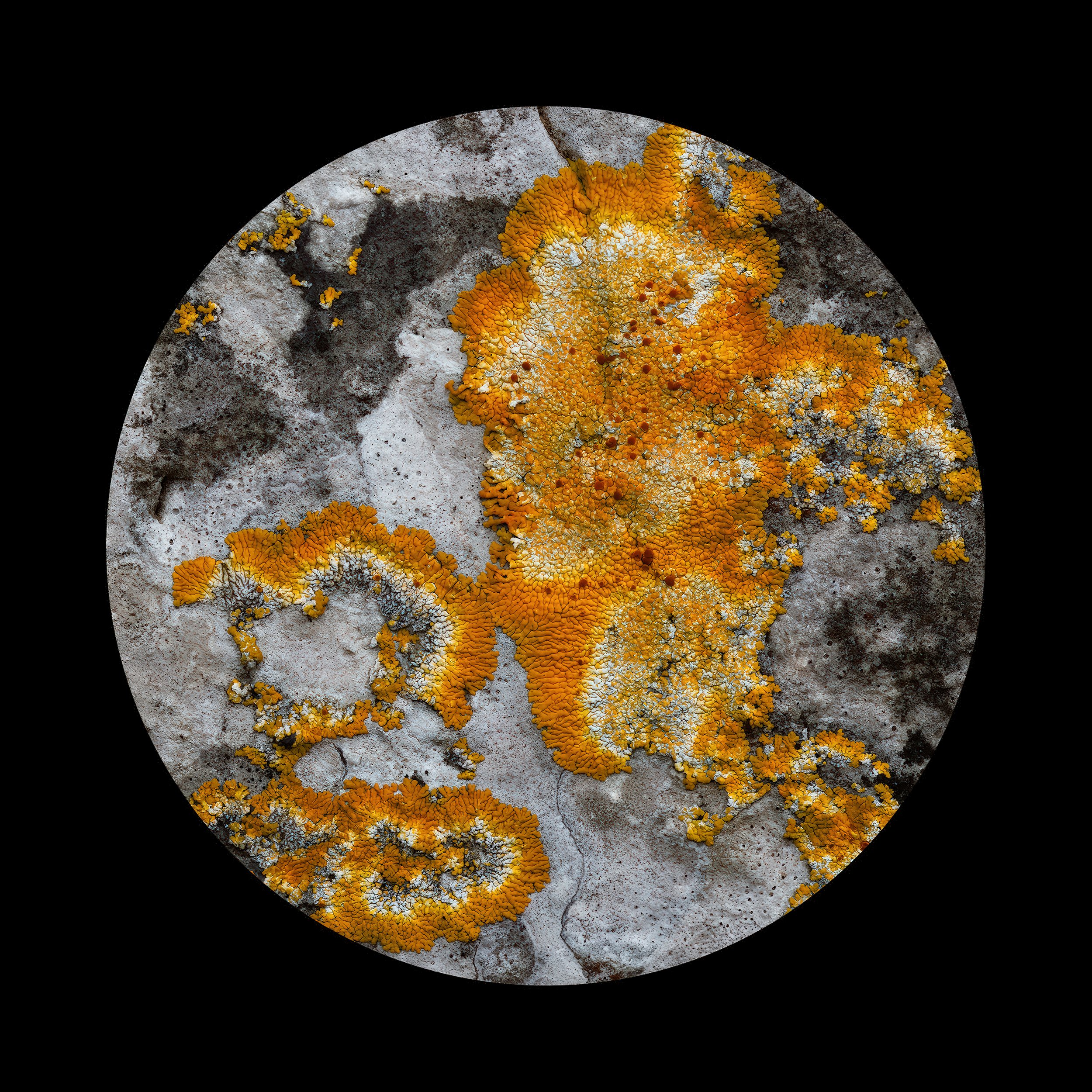
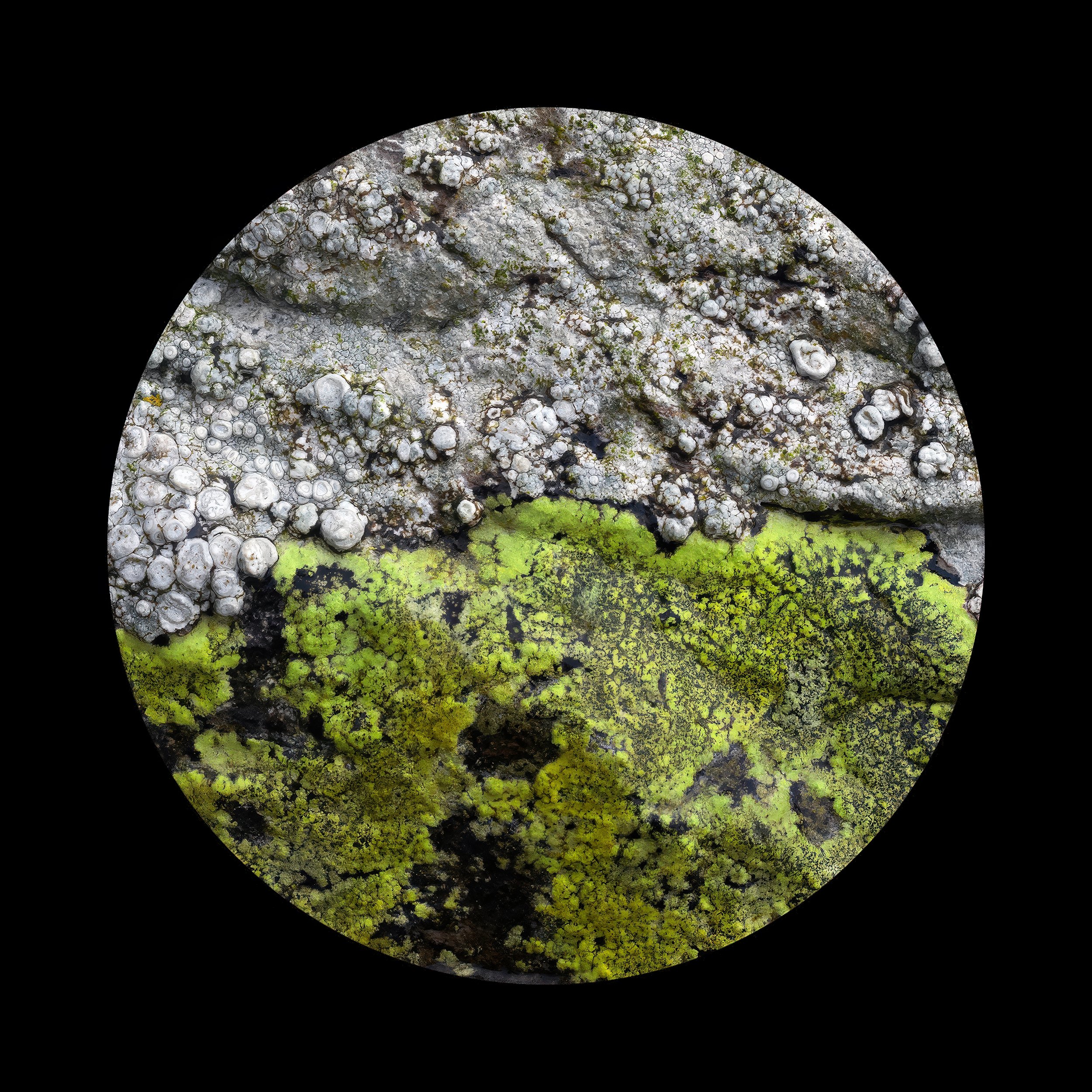
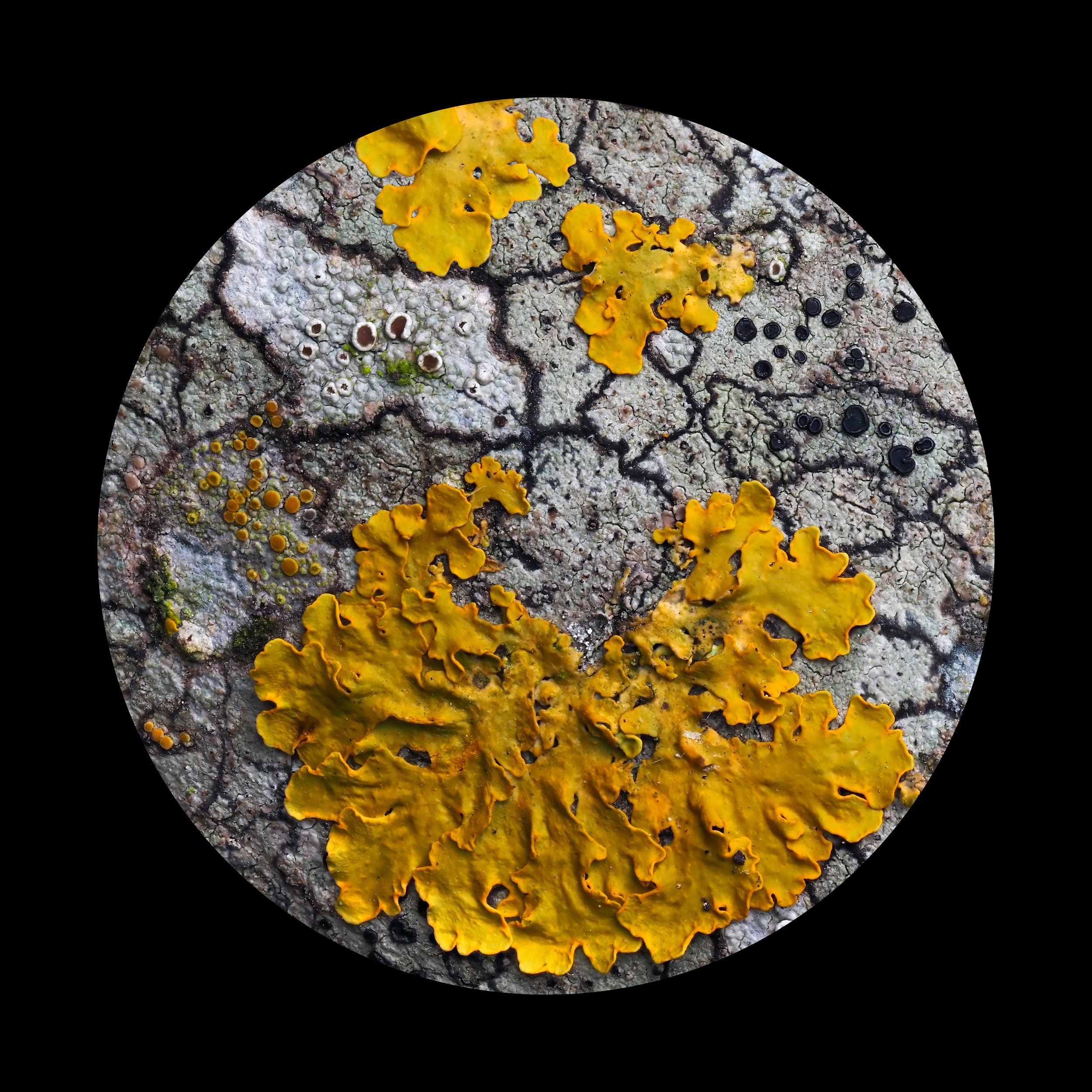
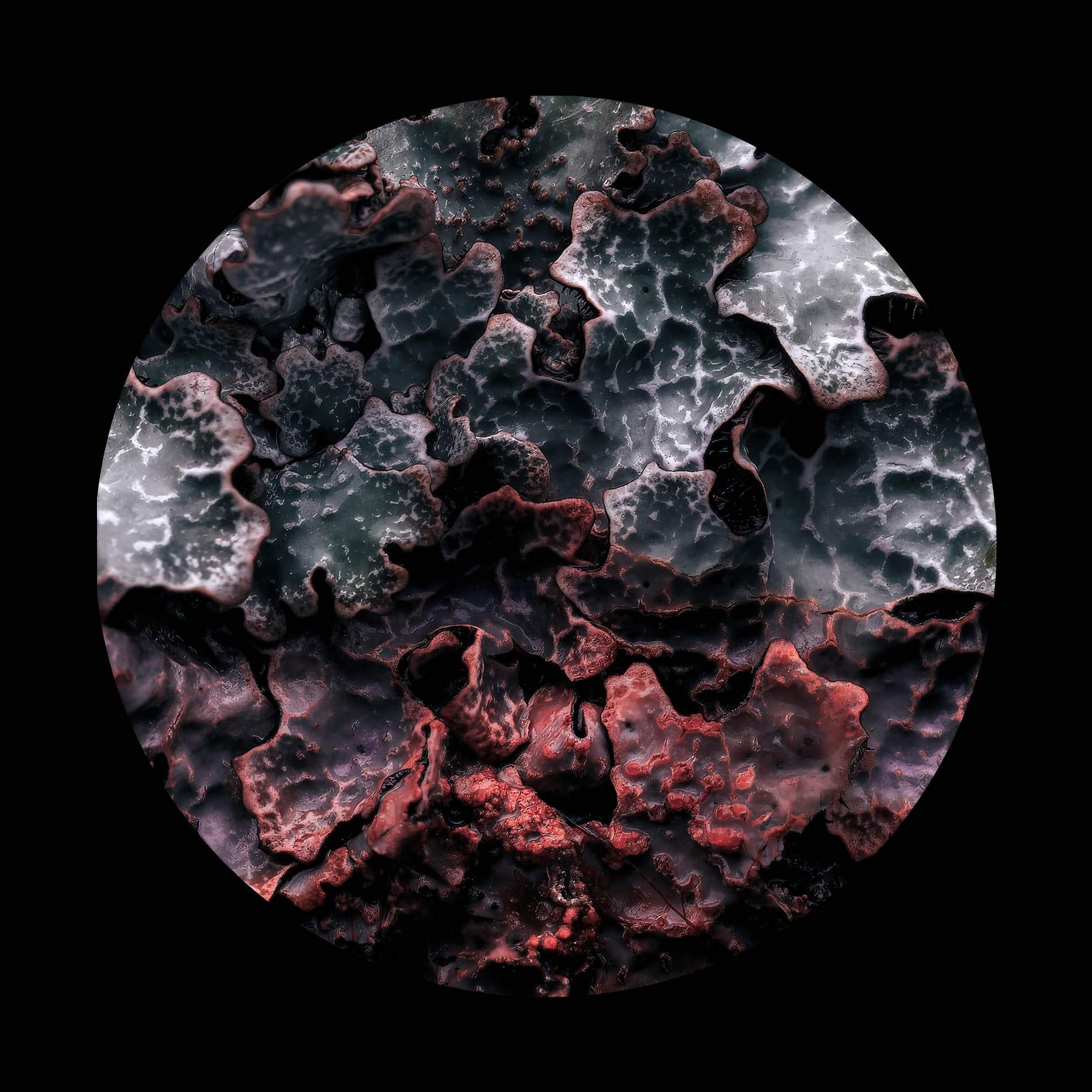
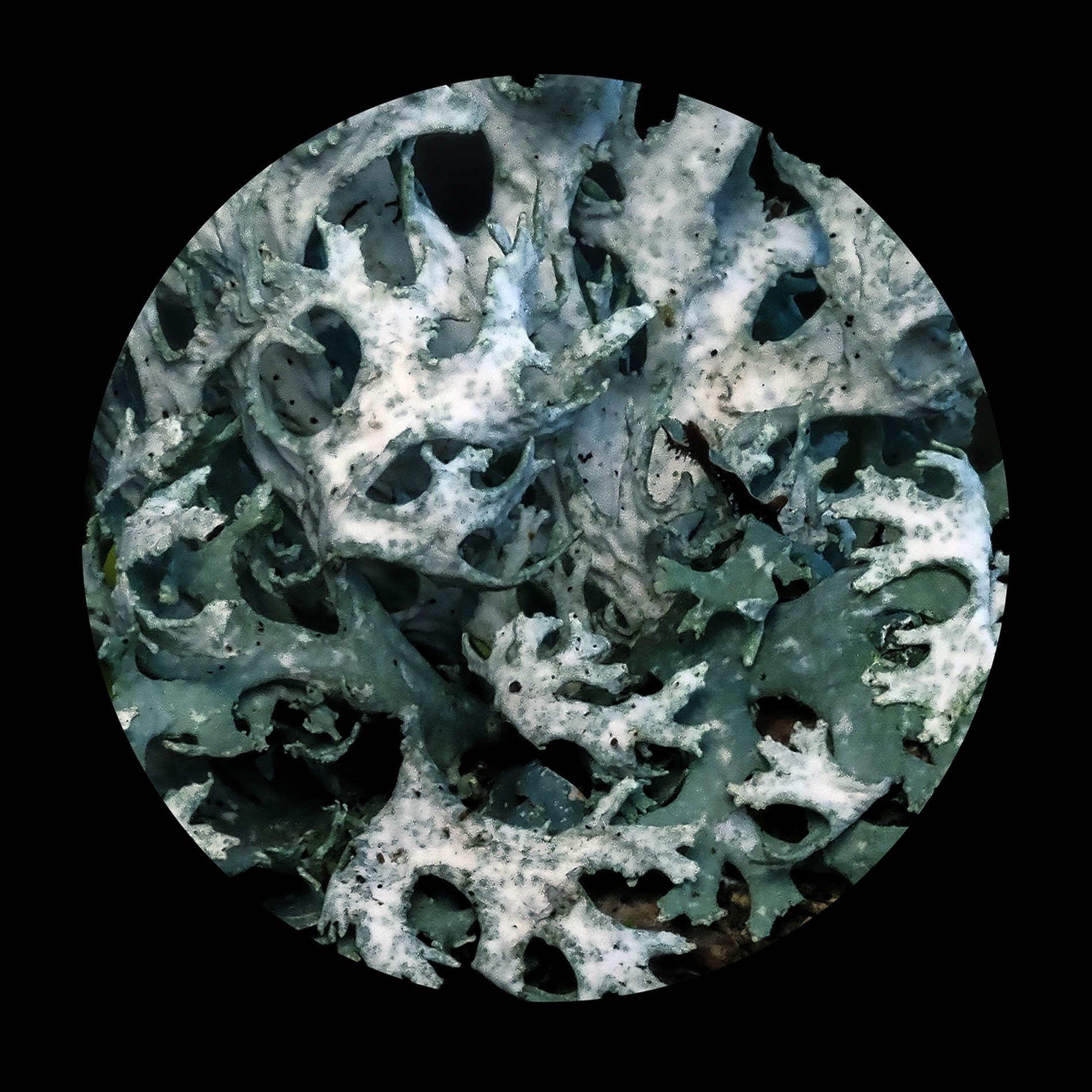

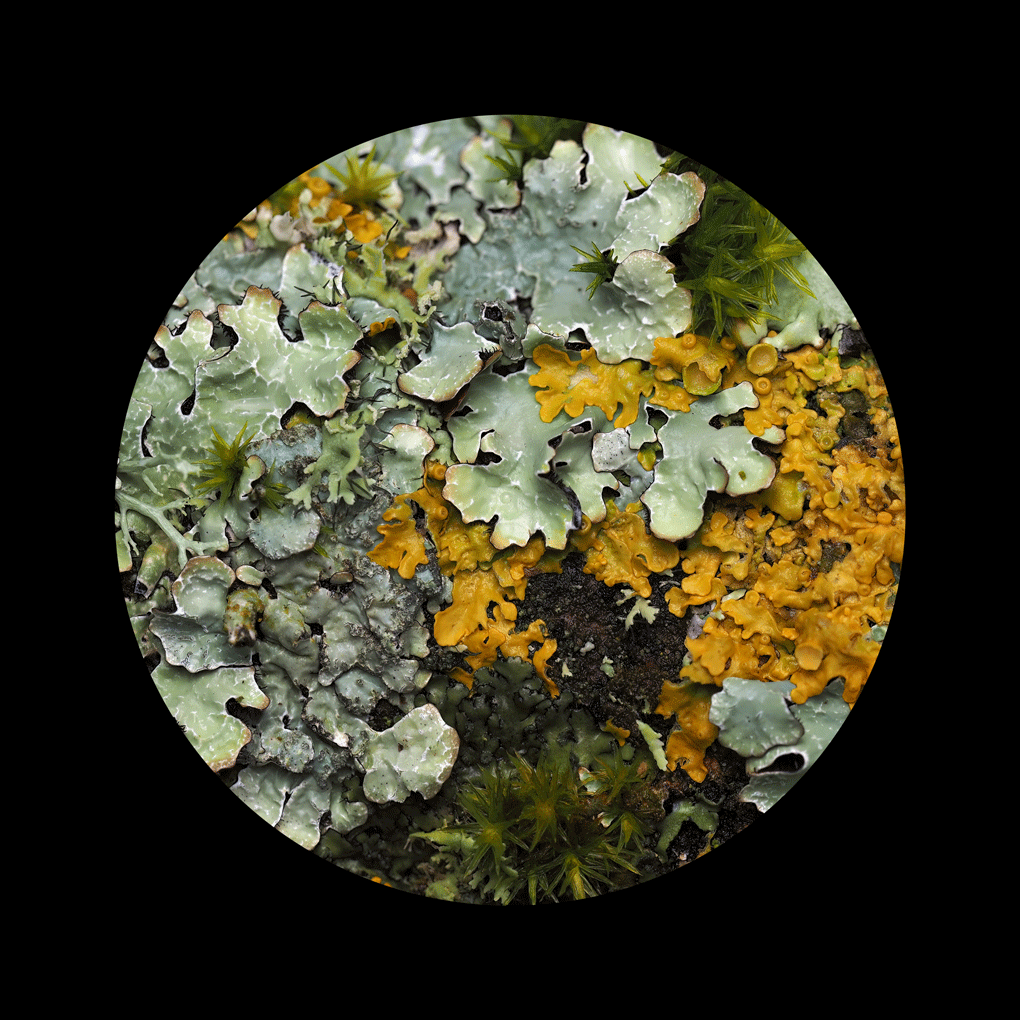

In the quiet spaces where industry once thrived, lichens begin the slow process of reclamation. On chemically altered stones, blast-scarred rock faces, mineral-stained substrates, and hastily planted trees, these remarkable symbiotic organisms establish the first footholds of life’s patient return.
Through their crusts, foliose forms, and delicate fruticose structures, they illustrate how life thrives not only despite challenging conditions but because of them. These images reveal the unexpected beauty of lichens —abstract patterns resembling aerial views of alien landscapes, textures that suggest ancient textiles, and forms that echo the complexity of urban networks or neural pathways.
The surfaces they inhabit tell stories of industrial intervention: concrete shaped by human hands, stone altered by chemical processes, and metal oxidised by time and weather. Yet lichens do not merely endure these materials; they transform them. Their slow, steady work initiates the essential process of breaking down and rebuilding, creating the initial thin films of organic matter that will eventually become soil, the foundation for all that follows.
These images capture lichens as landscape architects. Each colour, shape, and growth pattern conveys the unique history of its particular place, making visible the invisible relationship between the organism and its environment.
In documenting these reclamation communities, I observe how healing begins not with erasure but with acceptance. Lichens do not resist the industrial heritage of these sites; instead, they incorporate and transform it, making it part of something new and enduring. Their presence signifies not a return to some original state but the emergence of novel ecosystems adapted to changed conditions.
The time scales at which lichens operate impart profound lessons about recovery. Growing perhaps millimetres per year, some of these communities may represent decades of patient establishment. Their slow persistence challenges our human desire for rapid transformation, suggesting instead that genuine reclamation occurs through the accumulation of small acts of presence and adaptation.
This is reclamation, not restoration, but a creative transformation. Each lichen community represents a unique response to the specific conditions of its environment, generating new forms of life and beauty that incorporate rather than deny the industrial past. In their quiet persistence, they offer a model for how we might approach our own processes of healing and renewal—not by forgetting what came before, but by finding ways to transform it into the foundation for what comes next.
